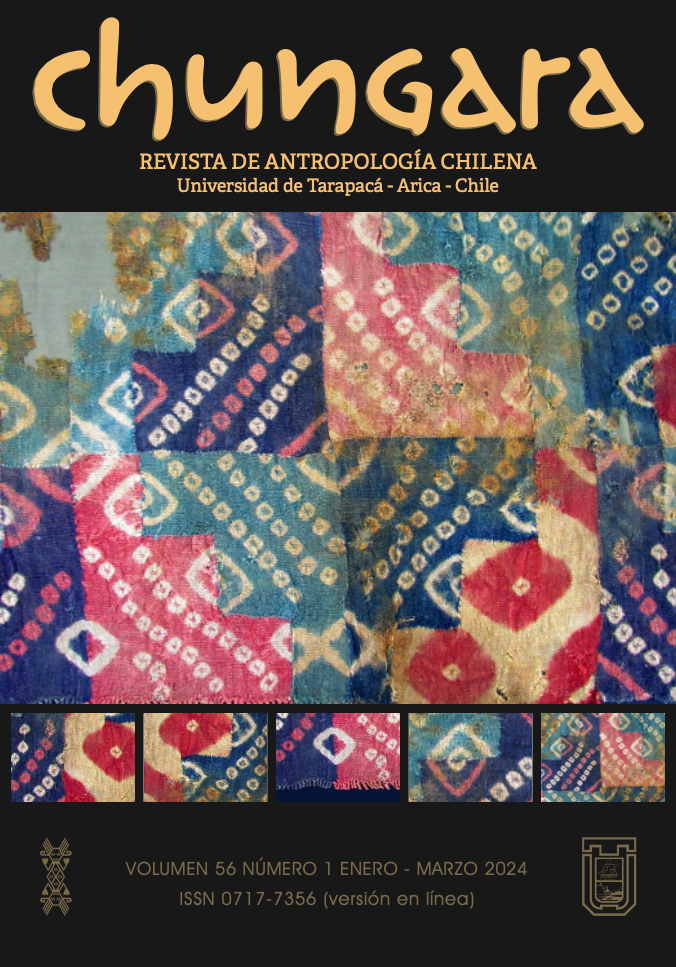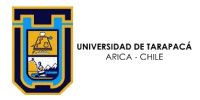20185002(en)/06 - Exploitation of Obsidian in the Central Plateau of Santa Cruz. Strategies of Production, Use and Circulation
EXPLOITATION OF OBSIDIAN IN THE CENTRAL PLATEAU OF SANTA CRUZ. STRATEGIES OF PRODUCTION, USE AND CIRCULATION
EXPLOTACIÓN DE OBSIDIANAS EN LA MESETA CENTRAL DE SANTA CRUZ. ESTRATEGIAS DE PRODUCCIÓN, USO Y CIRCULACIÓN
Manuel Cueto, Ariel D. Frank and Fabiana Skarbun
In this paper, we examine the strategies of supply, exploitation, circulation and consumption of the obsidian found in sites from the archaeological localities of La María and Cerro Tres Tetas (Central Plateau of Santa Cruz province, Argentina). Technomorphologic, functional and geochemical analyses of the obsidian remains from these localities were carried out. Results show that obsidian comes from Pampa del Asador a source located over 125 km from the sites. Two chronological moments in the exploitation of this raw material were identified with an increase in consumption over time. During the Final Pleistocene/Early Holocene, obsidian was not a significant resource in the technological organization. Production sequences indicate that tools may have arrived already manufactured to the sites. In contrast, in the Middle and Late Holocene, cores and/or nodules were brought to the localities. Production strategies are similar to the ones recorded for local raw materials. There is no evidence to indicate that obsidian was a more valued resource than local rocks. We cannot ascertain that obsidian acquisition was part of a sporadic exploitation strategy from the source region. We believe that this raw material was obtained in mobility circuits and from intergroup contact.







